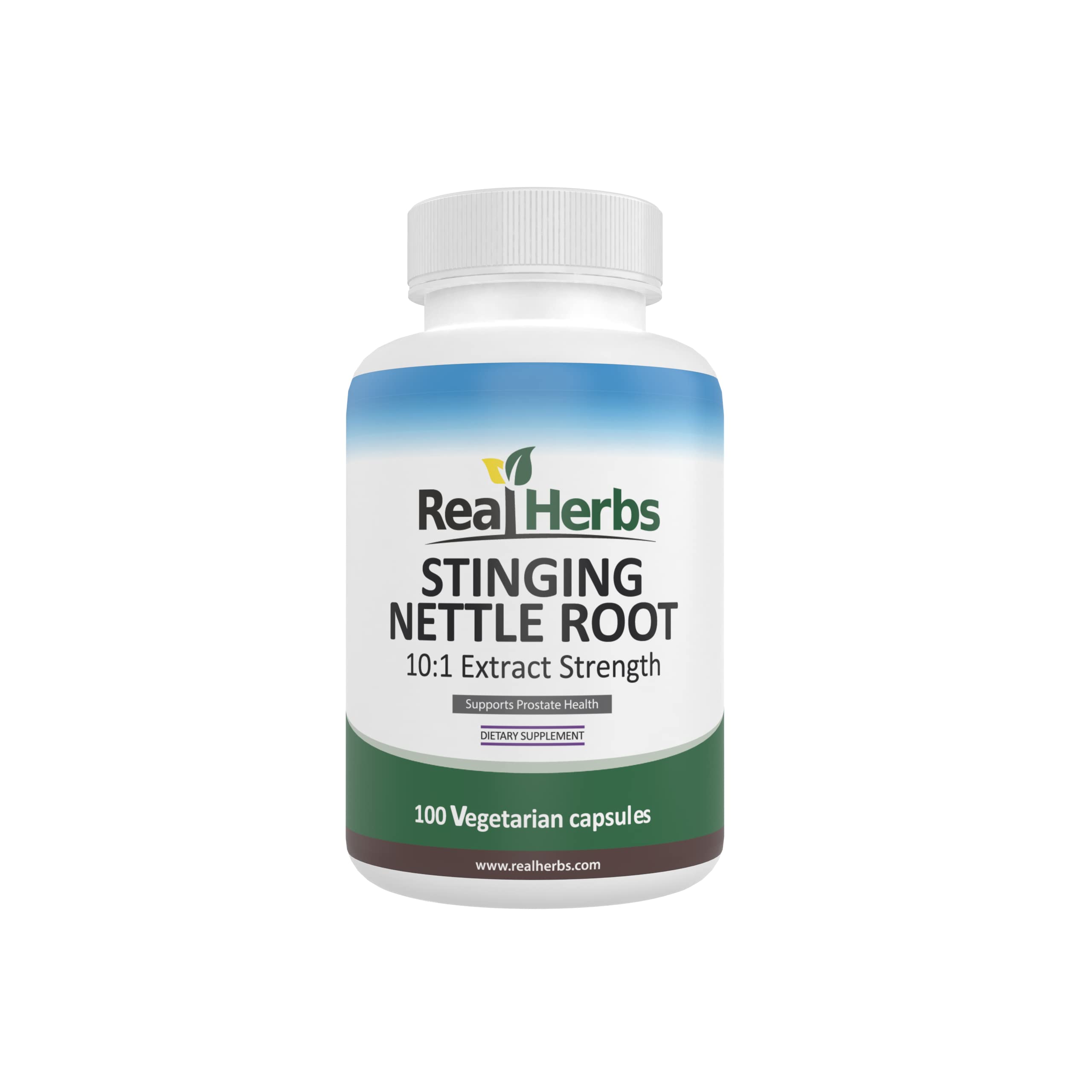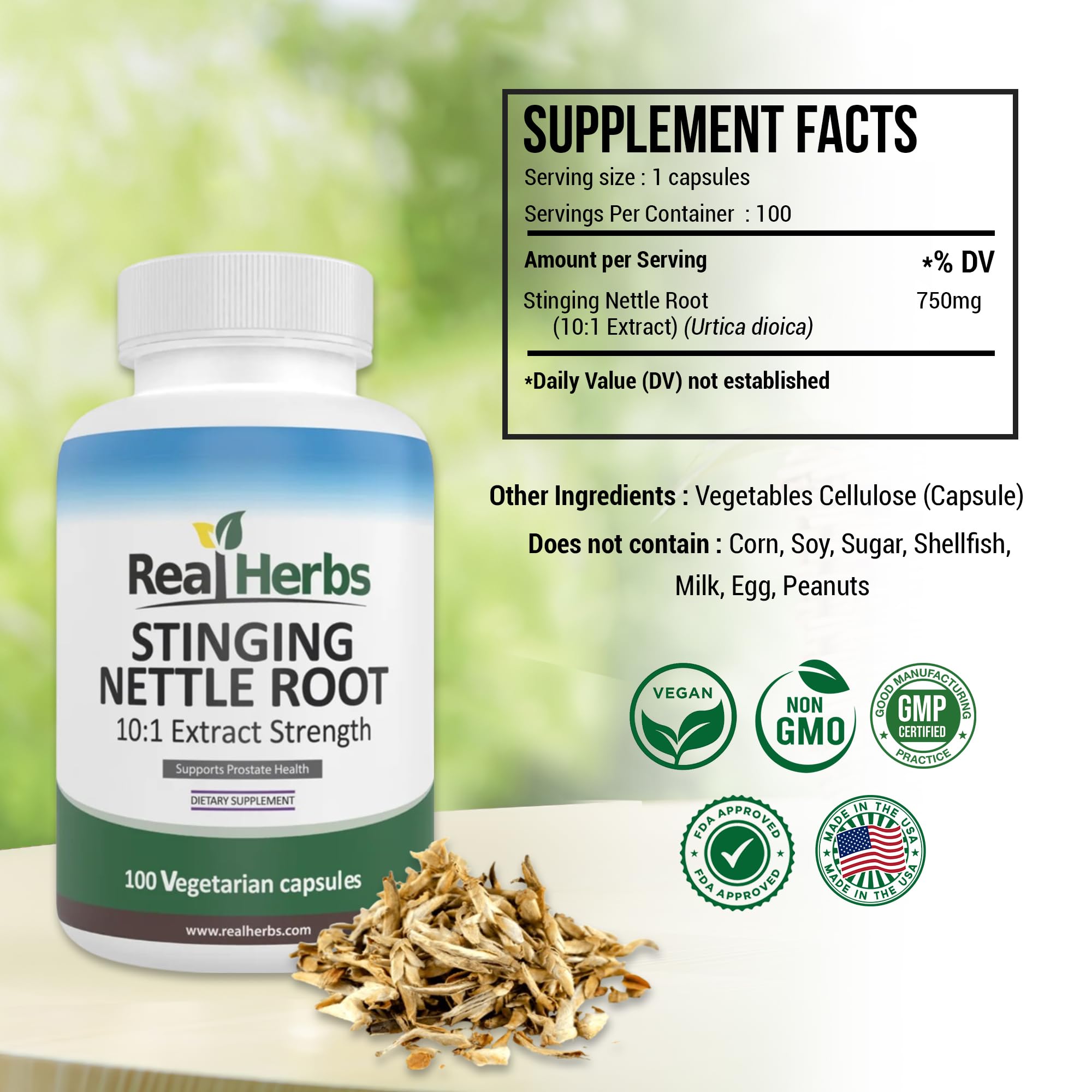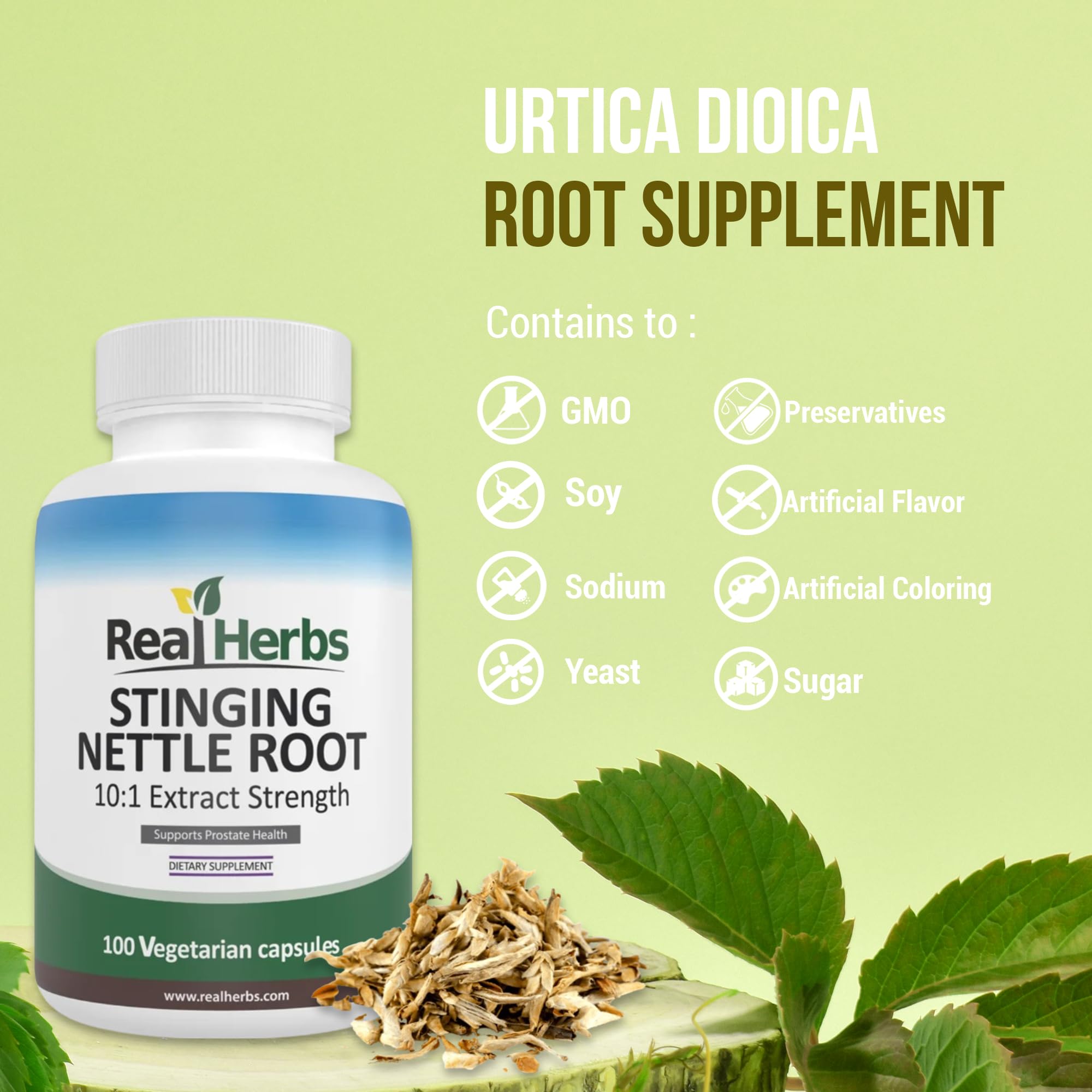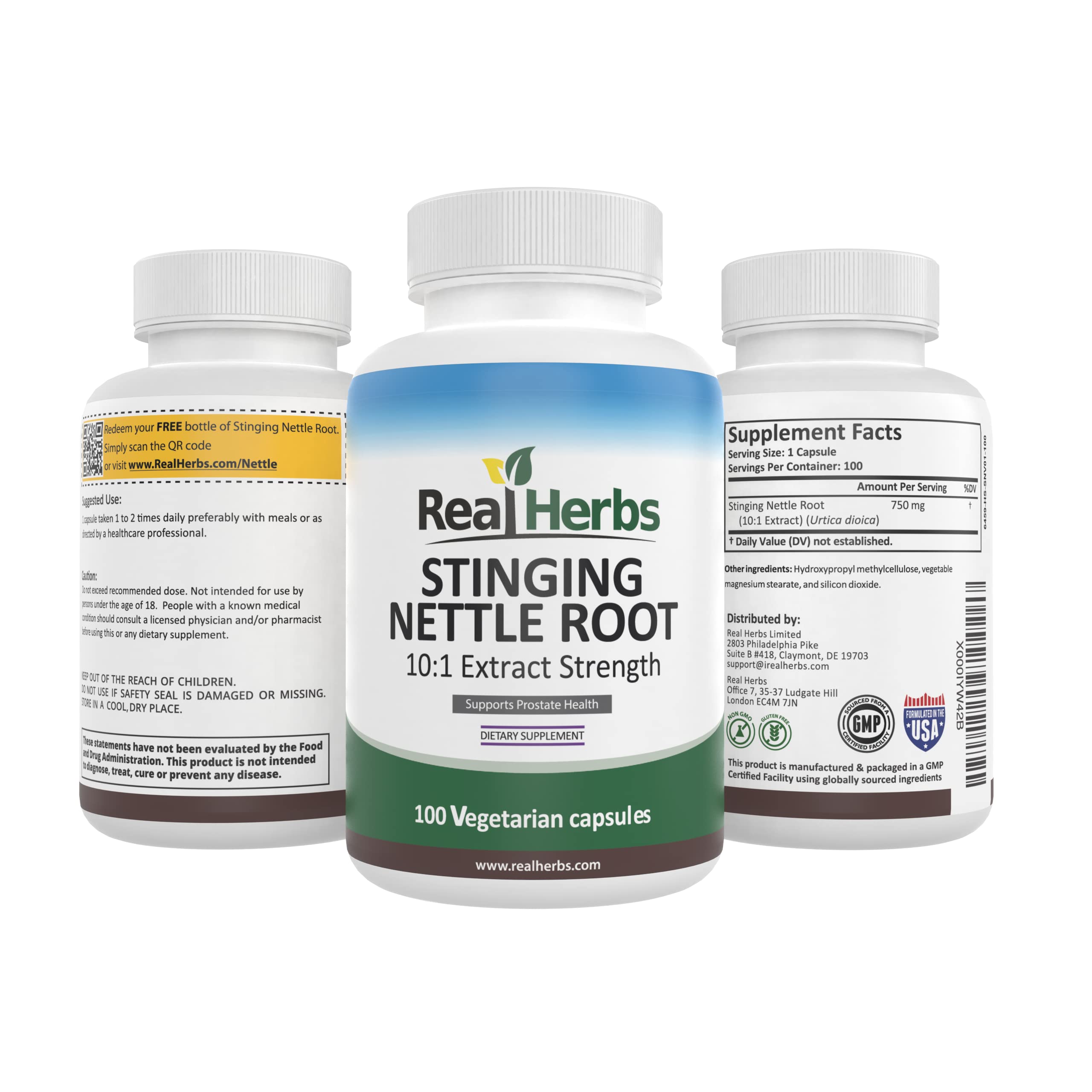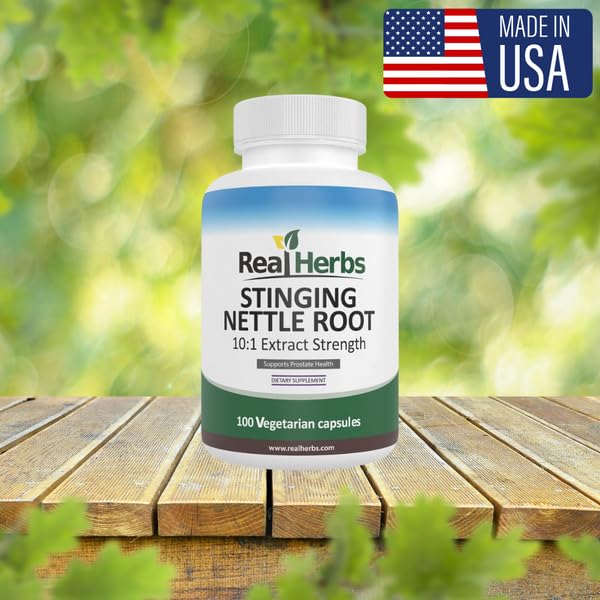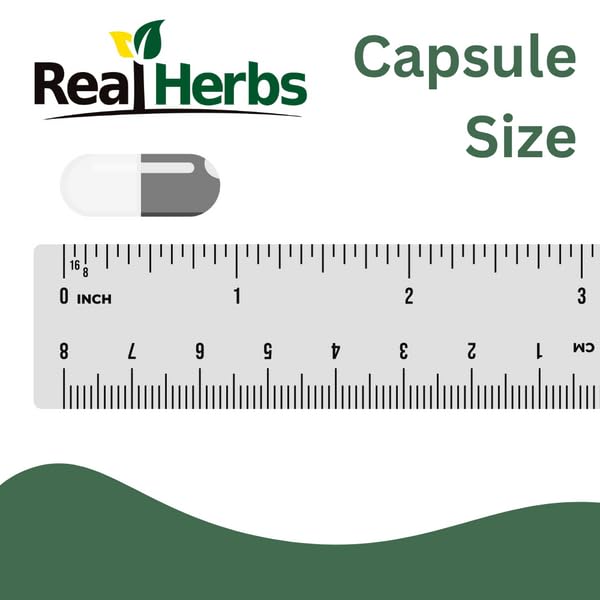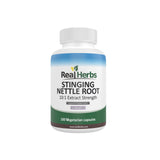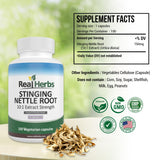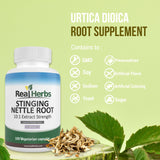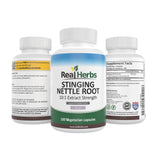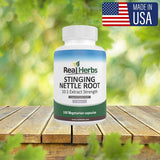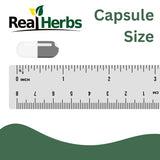Does Stinging Nettle Root Contain Beta Sitosterol?
Introduction:
Stinging nettle root, scientifically known as Urtica dioica, has a long history of use in traditional medicine. It's well-known for its potential health benefits, and one compound in particular has received attention. In this article, we'll look into stinging nettle root and see if it contains the beneficial compound beta sitosterol.
What exactly is Stinging Nettle Root?
The stinging nettle is a flowering perennial plant native to Europe, Asia, and North America. Its leaves and stems are covered in tiny hairs that, when in contact with the skin, can cause a stinging sensation, hence the name. Stinging nettle has traditionally been used to treat a wide range of ailments, from joint pain to allergies.
Overview of Beta Sitosterol:
Beta sitosterol belongs to the plant sterols or phytosterols class of compounds. It has a similar structure to cholesterol and can be found in a variety of plant-based foods. According to research, beta sitosterol may have benefits for prostate health and cholesterol management. As a result, it's frequently used as a supplement for these functions.
Composition of Stinging Nettle Root:
The root of stinging nettle contains a diverse range of compounds, including vitamins, minerals, and phytochemicals. Some studies have suggested the presence of beta sitosterol among these. However, beta sitosterol levels in stinging nettle root can vary greatly depending on factors such as plant age, geographical location, and processing methods.
Potential Health Advantages:
The potential health benefits of beta sitosterol are of great interest. It has been studied for its potential role in promoting prostate health by reducing symptoms of an enlarged prostate such as frequent urination and nighttime awakenings. Furthermore, beta sitosterol's cholesterol-lowering properties have sparked interest in its potential for cardiovascular health management.
Scientific Proof:
The presence of beta sitosterol in stinging nettle root has been studied scientifically. While some studies have found detectable levels of beta sitosterol in stinging nettle extracts, the concentrations can be low when compared to other sources such as saw palmetto. More research is needed to establish a definitive link between stinging nettle root and high beta sitosterol levels.
Traditional and modern applications:
Stinging nettle root has traditionally been used to treat a variety of health issues, ranging from joint pain to urinary problems. It's now commonly found in dietary supplements aimed at promoting prostate health and overall well-being. It is important to note, however, that beta sitosterol is only one of many components that contribute to the potential benefits of stinging nettle root.
Considerations and precautions:
Caution is advised, as with any supplement. When used in appropriate doses, stinging nettle root is generally considered safe for most people. Some people, however, may experience mild gastrointestinal discomfort or allergic reactions. It is recommended that you consult with a healthcare professional before using stinging nettle root supplements, especially if you have pre-existing health conditions or are taking medications.
Forms and dosage:
Stinging nettle root comes in a variety of forms, including capsules, teas, and extracts. Because dosage recommendations vary, it's critical to follow the instructions on the product's packaging or seek advice from a healthcare provider.
Conclusion:
While beta sitosterol is present in stinging nettle root, its potential health benefits go beyond this single compound. Stinging nettle root's interplay of various components contributes to its traditional and modern applications. As research continues, it is hoped that a clearer picture of the relationship between stinging nettle root, beta sitosterol, and overall health will emerge. If you want to incorporate stinging nettle root into your health regimen, make sure to do so under the supervision of a healthcare professional.

